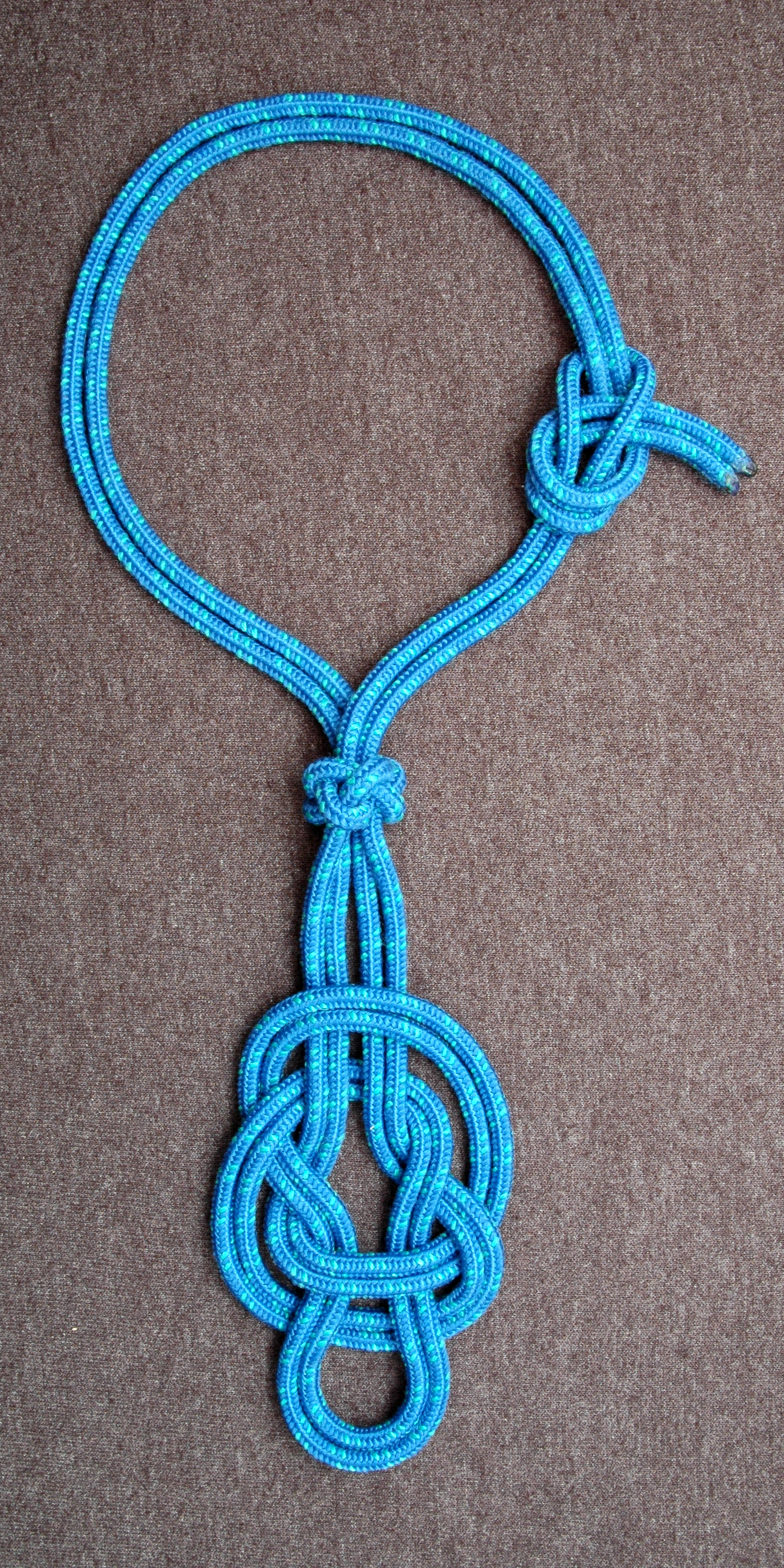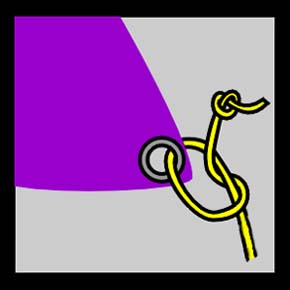|
Button Knot
A button knot is a knot that forms a bulge of thread. Button knots are essentially stopper knots, but may be esthetically pleasing enough to be used as a button on clothes. There are many methods for tying button knots, such as the Chinese button knot, the Celtic button knot and the monkey fist. ''The Ashley Book of Knots'' contains over a hundred examples. File:CiftIpteDugmeTekkat.jpg, Celtic button knot single, with 4 steps of tying it File:CiftIpteDugmeIkikat.JPG, Celtic button knot double, flat and tightened forms File:DirsekteTekIpteDugmeHalkasi.JPG, Celtic button knot formed on the bight, untightened - flat File:DirskteTekIpteDugmeCiftKat.JPG, Celtic button knot formed on the bight, tightened File:CiftIpteDugmeOnden.JPG , Chinese button knot front side File:CiftIpteDugmeArkadan.JPG , Chinese button knot back side File:ÇiftİpteFenerGerdelFenerGerdelKöstekCevizi-1.jpg , Rose knot on 2 ropes step1 walll File:ÇiftİpteFenerGerdelFenerGerdelKöstekCevizi-2.jpg , Rose knot ... [...More Info...] [...Related Items...] OR: [Wikipedia] [Google] [Baidu] |
Fiador Knot
The fiador knot (also Theodore knot) is a decorative, symmetrical knot used in equine applications to create items such as rope halters, hobbles, and components of the '' fiador'' on some hackamore designs. As traditionally described, it is a four strand diamond knot in which six of the eight ends loop back into the knot, thus allowing it to be tied with a single line. While a specific knot is discussed in this article, the fiador knot has also been treated as an entire class of multi-strand knots similarly made with a single line. Etymology The origin of the variant name "Theodore knot", used in the United States, is a corruption of the Spanish ''fiador''. American cowboys likewise corrupted a number of other closely related terms, substituting "hackamore" for ''jaquima'' and "McCarty" for '' mecate''. Knotting authority Clifford Ashley relates Philip Ashton Rollins's suggestion that, "When Theodore Roosevelt, 'the hero of San Juan Hill,' visited the Southwest, shortly afte ... [...More Info...] [...Related Items...] OR: [Wikipedia] [Google] [Baidu] |
Overhand Knot
The overhand knot is one of the most fundamental knots, and it forms the basis of many others, including the simple noose, overhand loop, angler's loop, reef knot, fisherman's knot, Half hitch, and water knot. The overhand knot is a stopper, especially when used alone, and hence it is very secure, to the point of jamming badly. It should be used if the knot is intended to be permanent. It is often used to prevent the end of a rope from unraveling. An overhand knot becomes a trefoil knot, a true knot in the mathematical sense, by joining the ends. It can also be adjusted, faired, or mis-tied as a half hitch Tying There are a number of ways to tie the Overhand knot. * Thumb method – create a loop and push the working end through the loop with your thumb. * Overhand method – create a bight, by twisting the hand over at the wrist and sticking your hand in the hole, pinch the working end with your fingers and pull through the loop. Heraldry In heraldry, the overhand knot ... [...More Info...] [...Related Items...] OR: [Wikipedia] [Google] [Baidu] |
Rose Knot
This list of knots includes many alternative names for common knots and lashings. Knot names have evolved over time, and there are many conflicting or confusing naming issues. The overhand knot, for example, is also known as the thumb knot. The figure-eight knot is also known as the Savoy knot or the Flemish knot. A * Adjustable Bend – can be easily lengthened or shortened * Adjustable Grip Hitch – a simple hitch which may easily be shifted up and down the rope while slack *Albright Special – used to tie two different diameters of line together, for instance to tie monofilament to braid *Alpine Butterfly (also known as Butterfly Loop) – a static loop mostly used by mountain climbers and rappellers for securing a carabiner to static rope. * Alternate Ring Hitching – covering a ring in hitching can prevent damage * Anchor Bend – attaching a rope to a ring or similar termination *Angler's Loop – knot which forms a fixed loop. Useful for fine or slippery line, it is ... [...More Info...] [...Related Items...] OR: [Wikipedia] [Google] [Baidu] |

